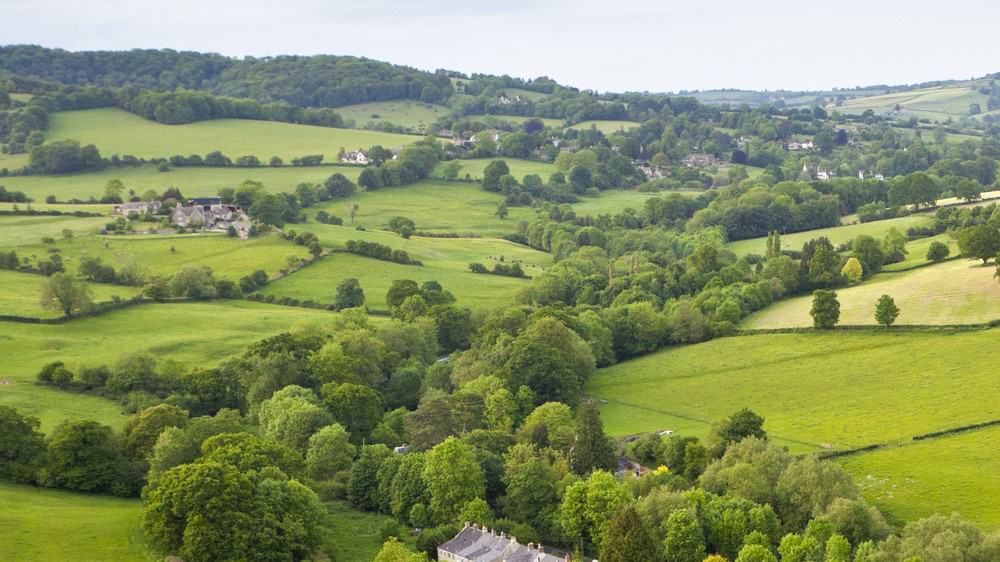The way we view our world has radically changed over the past decade. The effects of climate change have become increasingly clear. As a result, a lot of us are looking at whether our money is going to environmentally conscious companies. This is the ethos behind Green Banking, a movement which sees banks adopt initiatives to fight climate change and champion clean energy.
What is Green Banking?
There are lots of things that we can do as individuals to tackle climate change. We can eat less meat, switch to an electric car or reduce our level of energy consumption. But have you considered that where you save your money could also have an impact?
Green Banking covers a general ethos in which banks direct their operations to help the environment and fight climate change. This could be in the form of green savings accounts, green investments or just choosing a bank that has goals to make their operations climate positive in the future.
Passive income stocks: our picks
Do you like the idea of dividend income?
The prospect of investing in a company just once, then sitting back and watching as it potentially pays a dividend out over and over?
If you’re excited by the thought of regular passive income payments, as well as the potential for significant growth on your initial investment…
Then we think you’ll want to see this report inside Motley Fool Share Advisor — ‘5 Essential Stocks For Passive Income Seekers’.
What’s more, today we’re giving away one of these stock picks, absolutely free!
How can I get involved with Green Banking?
When it comes to Green Banking, the emphasis is on you, the consumer, and the choices you want to make.
Savings
The banks in which we chose to deposit our savings can make a difference to the planet as a whole.
For example, Gatehouse Bank has recently launched its Green Saver accounts, which will see a tree planted for every fixed-term deposit account opened. The bank says it wants to provide ‘a greater tangible benefit without cost to our customers’.
As with any savings account, there are lots of elements to consider and compare before opening one. So remember to check the interest rate, fees and restrictions before committing. But the real benefit of an account like this is that for no extra cost, there is a positive impact on the environment.
Gatehouse Bank expects thousands of saplings to be planted in the first year, with one tree going into the ground for every account opened, or when an existing fixed-term savings account is renewed.
Investing
Where you invest your money can also have an impact on the environment. Green Banking, in the form of green investing or eco-investing, is where you invest in companies that support or provide environmentally friendly products and practices.
Obviously, investing comes with risk, and there is no guarantee that environmental, social and governance (ESG) investments will make a good return. But this type of investing is becoming more and more popular, and the number of investment choices available is increasing.
Business banking
You may run a business and want to achieve your own climate goals. Green Banking initiatives from banks such as NatWest offer funding, mentorship programmes and support programmes for just that purpose.
Currently, NatWest is offering funding for a wide range of renewable energy assets and support if you want to move your company cars or business vehicles over to electric alternatives.
NatWest’s mentor service focuses on how to reduce your business’s environmental impact, keep up with government regulations and initiatives, and make it more efficient.
Takeaway
Green Banking is centred around the choices that we make. Companies and banks alike are waking up to their customers’ need to look after our environment and try to combat climate change.
There’s an increasing number of Green Banking options available now, with more likely to come. It is safe to say that the future of banking is green.







